The hidden ‘Little Marrakech’ oasis town that most tourists don’t know about
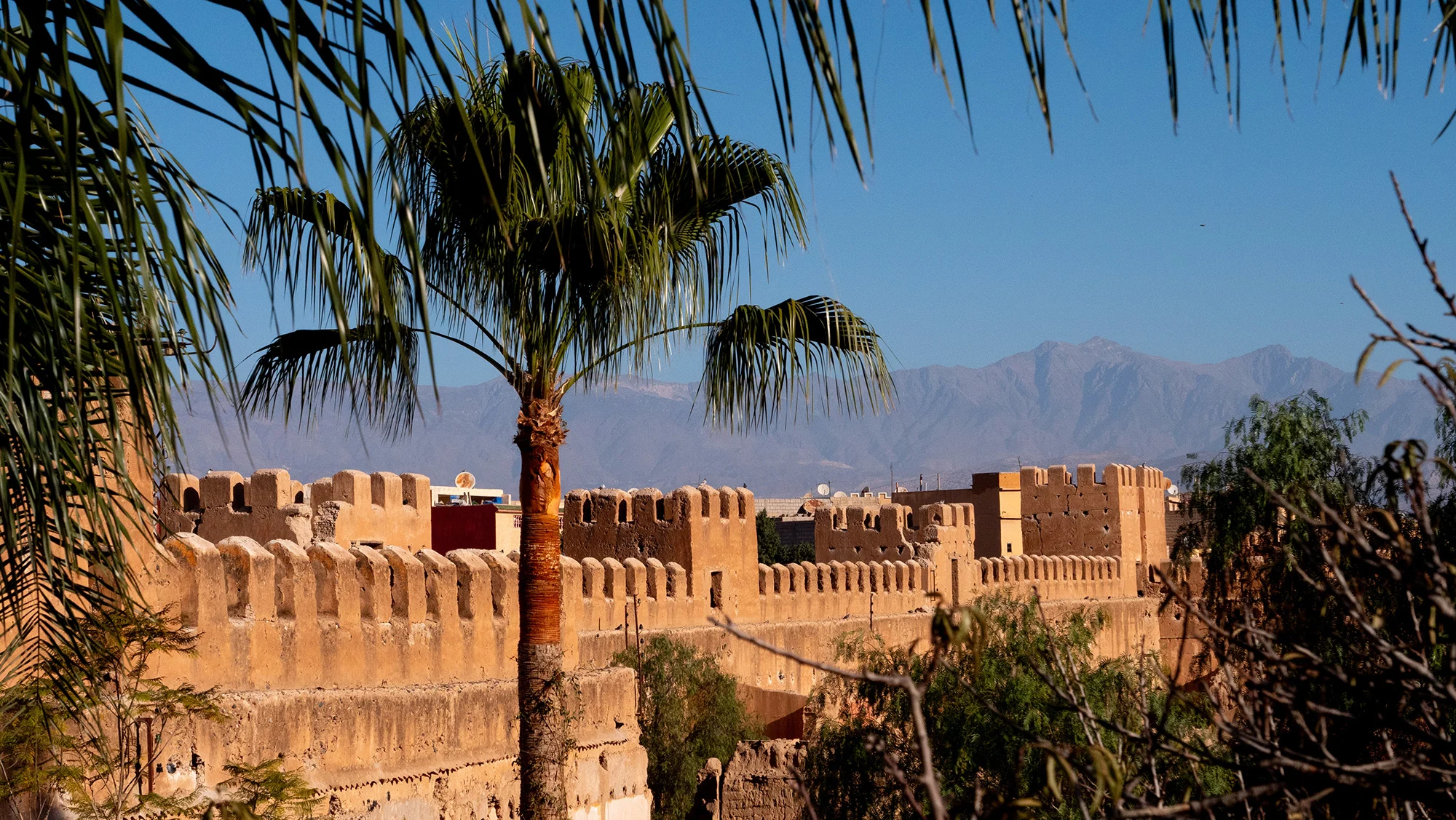
Content Index
As the first light hits Taroudant, a charming market town in southwestern Morocco, the muezzin’s call stirs the medina to life. Locals, whether on foot, bicycles, or horse-drawn carriages, make their way through the narrow alleys. Schoolchildren dart past spice-laden stalls, while the scent of fresh khobz (Moroccan bread) wafts through the air.
Located just 90 minutes east of Agadir, Taroudant has earned the nickname “Little Marrakech.” With its honey-hued walls and lively souks, it bears resemblance to the popular tourist hub, yet offers a calmer, more authentic experience. While Marrakech is now packed with tourists and pricey stays, Taroudant still feels like Morocco for Moroccans.
Enclosed within centuries-old ramparts and set against the backdrop of the Anti-Atlas Mountains, the town’s medina is a designated cultural heritage site. Here, visitors can enjoy traditional Amazigh (Berber) cuisine, sip mint tea in family-run cafés, and relax in local hammams.
But Taroudant is more than a destination. It’s a launchpad — perfect for trips into the desert, hikes in the mountains, or even surfing along the Atlantic coast.
You may also like
The World’s Longest Flight Is Getting a First Class Upgrade
A Surge in Visitors Across Morocco
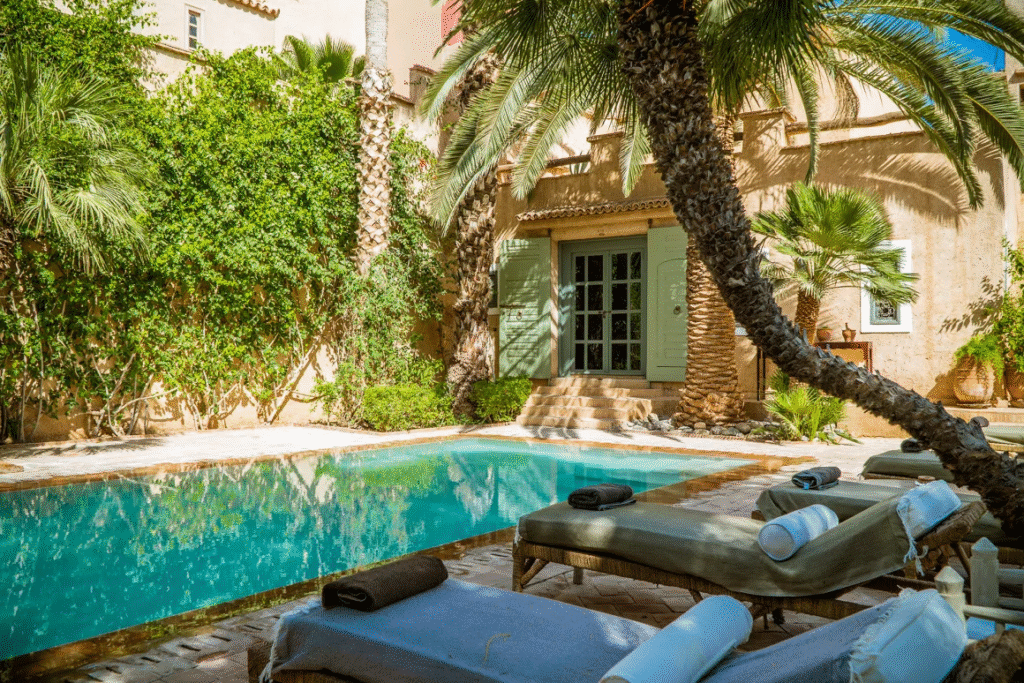
Morocco has seen a massive rise in tourism, welcoming 17.4 million visitors in 2024 — a 20% jump from 2023, according to the country’s tourism ministry. It even surpassed Egypt to become Africa’s top travel destination.
This boom is set to continue, thanks to upcoming events like the African Cup of Nations, new luxury hotels like the Four Seasons Rabat and Waldorf Astoria Tangier, and added international flight routes, including nonstop service from Los Angeles to Casablanca.
You may also like
The Top 7 US National Parks to Visit in 2025: Check Out Now
But the growth hasn’t come without challenges. Cities like Marrakech are straining under overtourism. A 2024 McKinsey report ranked it among the world’s most overcrowded tourist cities, outpacing even Paris and Rome in visitor density.
Still, hidden treasures like Taroudant offer a sustainable, rewarding alternative.
A Living History and Bustling Markets
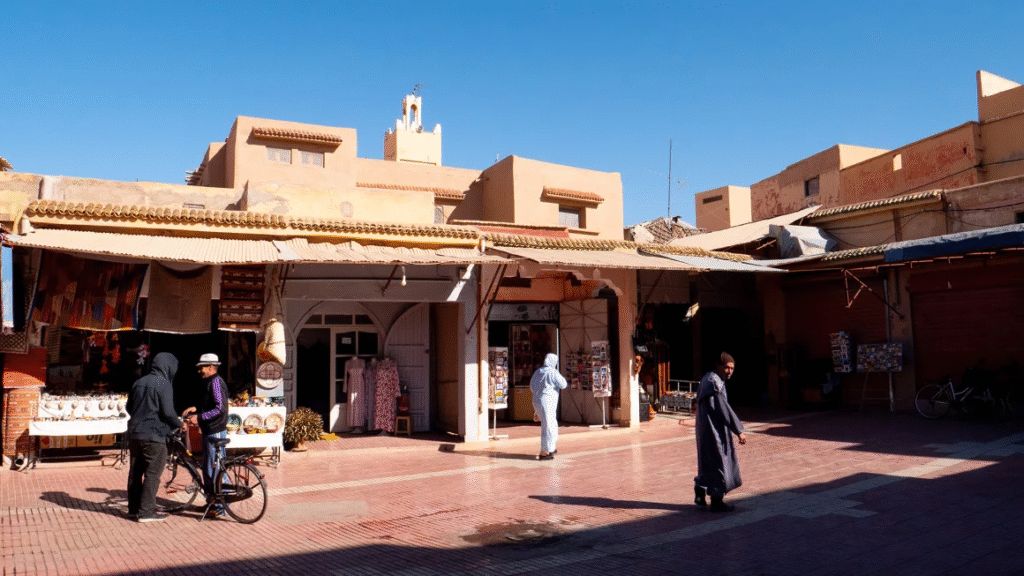
Founded in the 11th century — with even older roots reaching back to Roman times — Taroudant flourished under the Saadian dynasty in the 16th and 17th centuries. It remains a lively trade center today, particularly through its twin souks: Souk Berbère for daily produce and essentials, and Souk Arab, home to handicrafts, ceramics, and iconic Amazigh silver jewelry.
With a population of about 80,000 and a median age of just 28, Taroudant blends youthful energy with timeless charm.
French designer Margaux Pigalle, who left New York for Taroudant in 2019, calls the town a “wonderful revelation.” She co-owns La Maison Taroudant, a peaceful riad tucked within the medina, filled with citrus trees and Mediterranean herbs. “It’s like a Berber house crossed with a farmhouse from southern France,” she says.
You may also like
Explore the Beauty of Japan: 7 Hidden Gems Beyond Tokyo
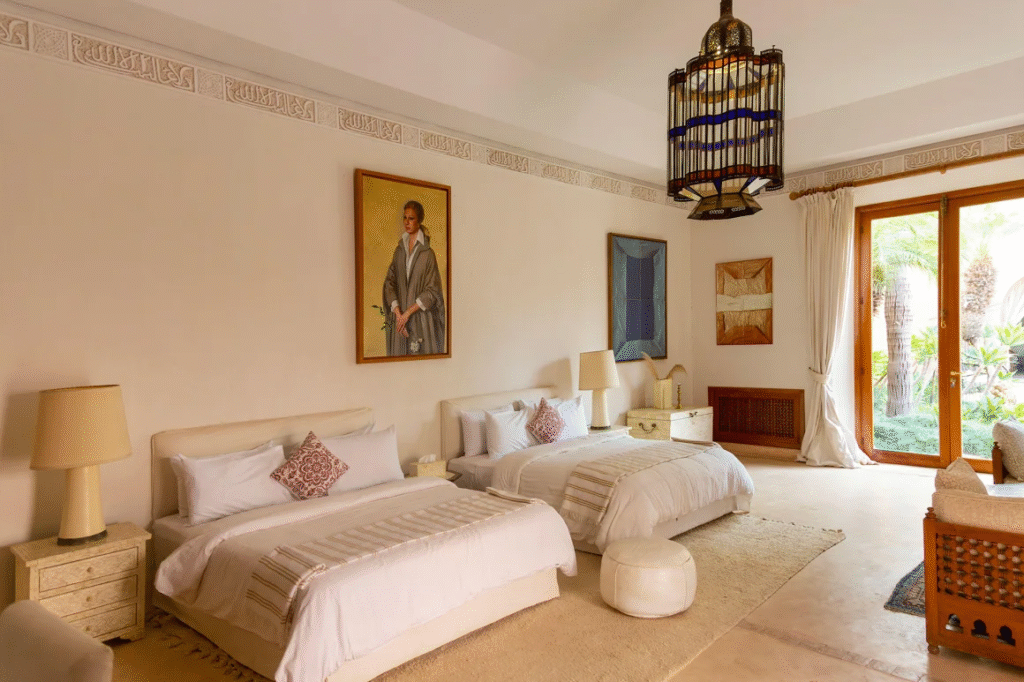
Culture, Craftsmanship, and Natural Beauty
A short drive from town, the Palais Musée Claudio Bravo is one of Taroudant’s best-kept secrets. Once home to the late Chilean painter Claudio Bravo, it now functions as a museum and boutique hotel. The estate, surrounded by vast gardens, showcases art, fossils, antiques, and works by Bravo and Francis Bacon.
Nearby lies the oasis village of Tioute, with its ancient kasbah ruins and flourishing date palm groves. Water here flows through khettaras — a traditional gravity-powered irrigation system. The village is also home to the Taitmatine Women’s Cooperative, where visitors can watch Amazigh women produce argan oil, a prized ingredient in both Moroccan kitchens and luxury skincare products.
Further south, the Anti-Atlas Mountains unveil a wilder Morocco. In the village of Tafraoute, pink clay homes dot the hills, and striking formations like “Napoleon’s Hat” rise from the landscape. It’s a haven for hikers, cyclists, and climbers, with a stronghold of Berber heritage.
And just west, the Atlantic coastline beckons — from the bustling port of Agadir to laid-back surf spots like Taghazout and Tamraght.
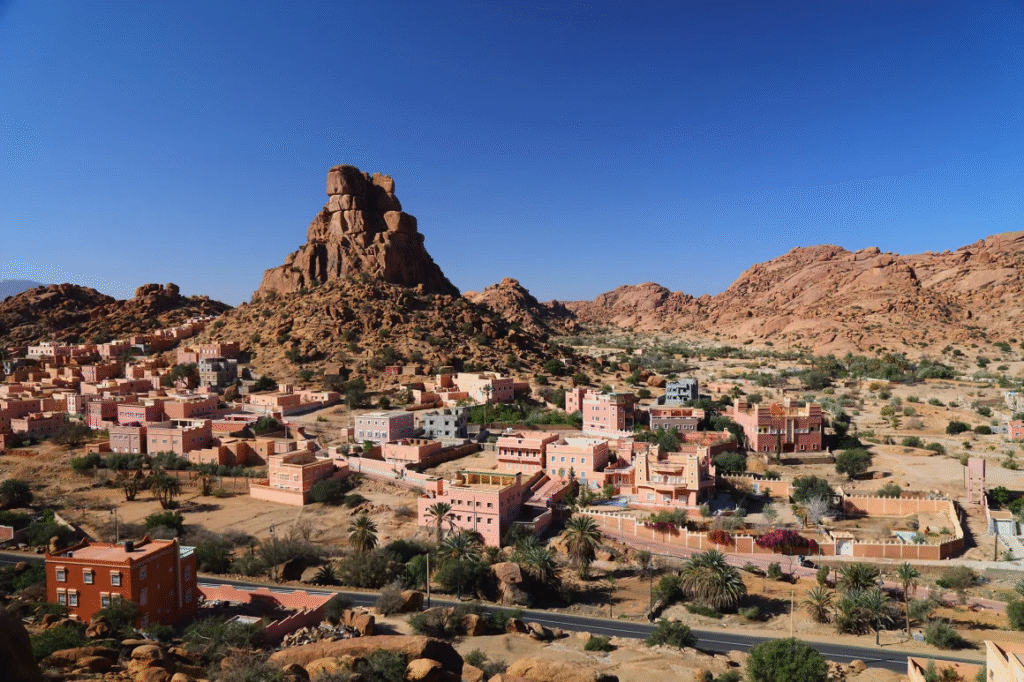
A Model for Sustainable Travel
As Morocco faces the growing pains of mass tourism, towns like Taroudant could offer a path forward — one where travelers enjoy rich cultural experiences without overwhelming local communities.
With Marrakech projected to see an 86% rise in tourism by 2030, experts are urging a more balanced approach. Currently, 80% of tourists visit just 10% of the world’s destinations. Spreading visitors across more locations, like Taroudant, could protect cultural heritage while delivering economic benefits more equitably.
For now, Taroudant remains off the radar for most. But for those looking to explore Morocco beyond the guidebook hotspots, it just might be the perfect place to begin.
